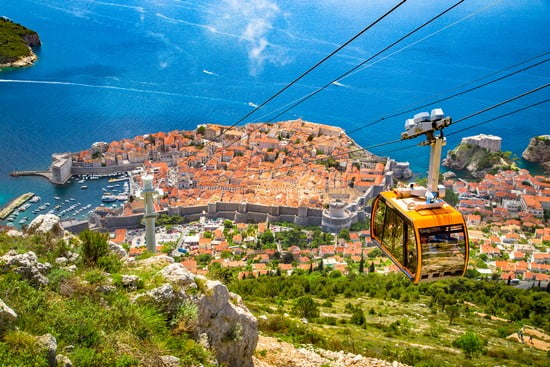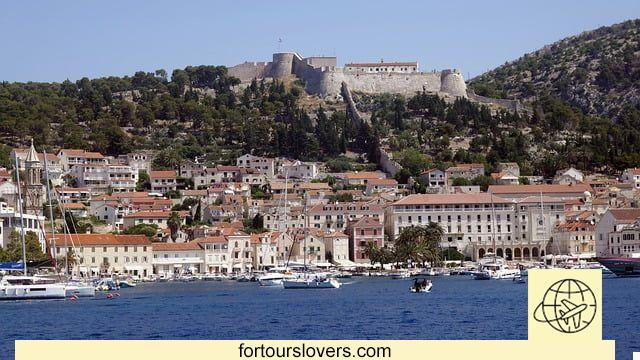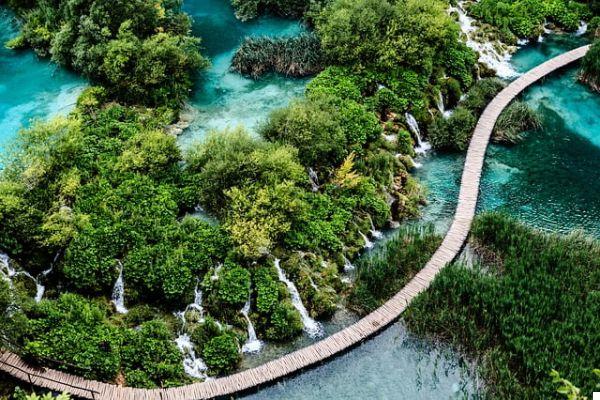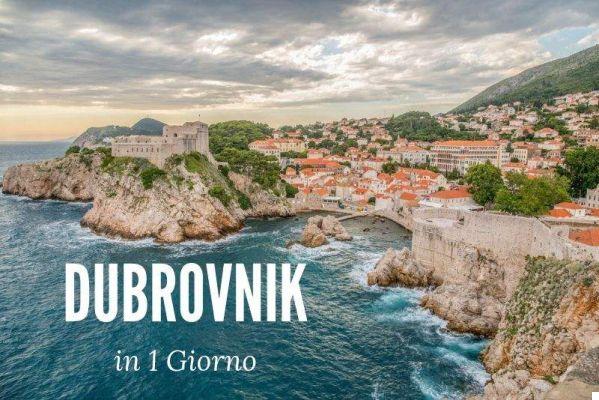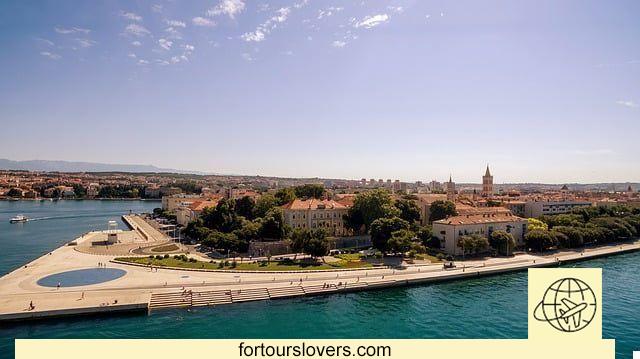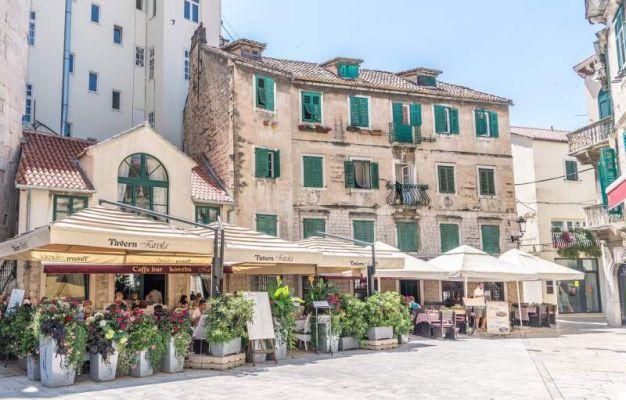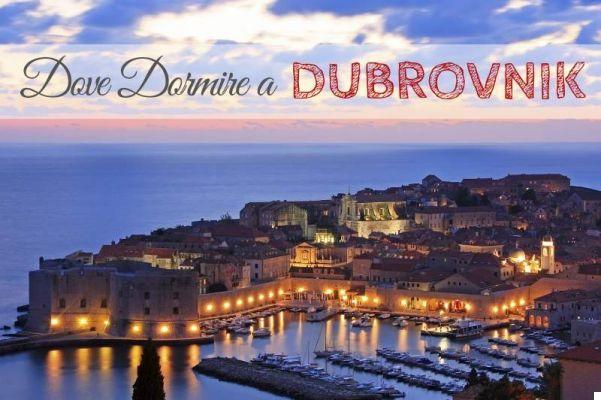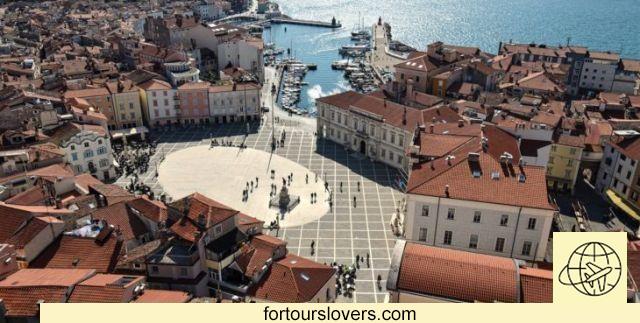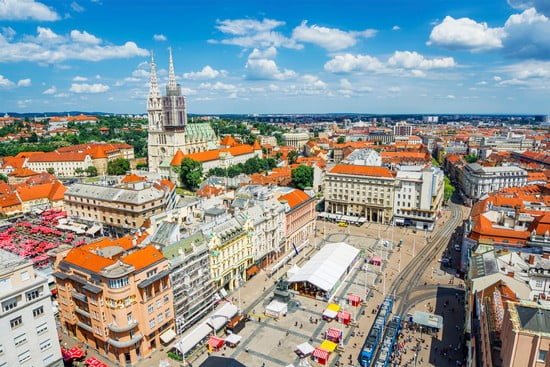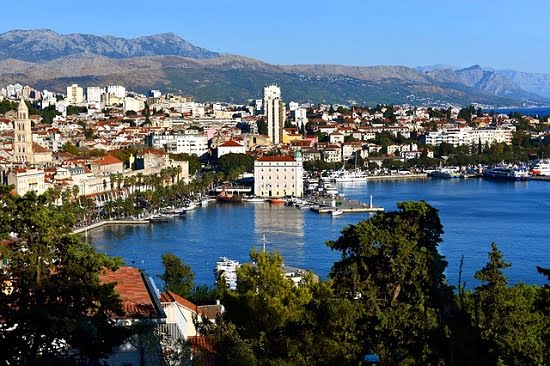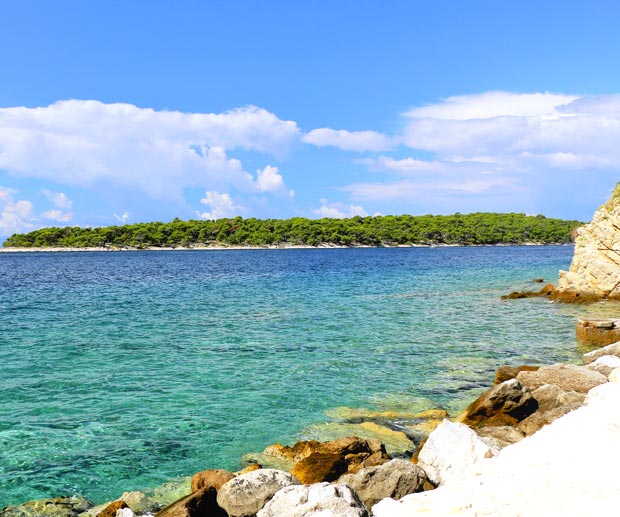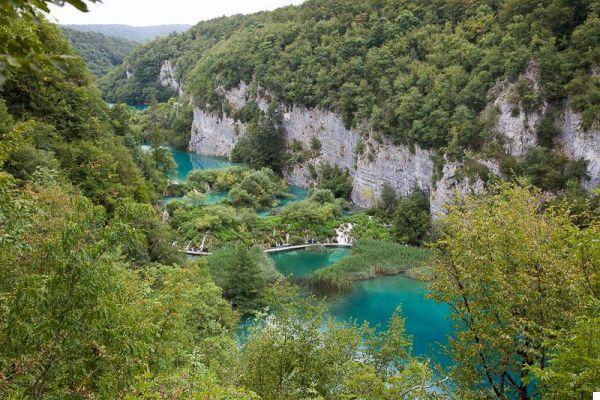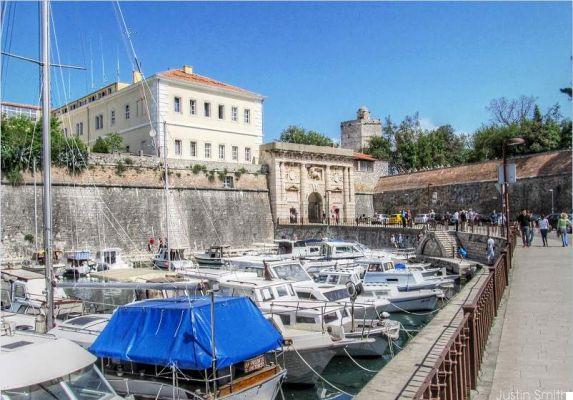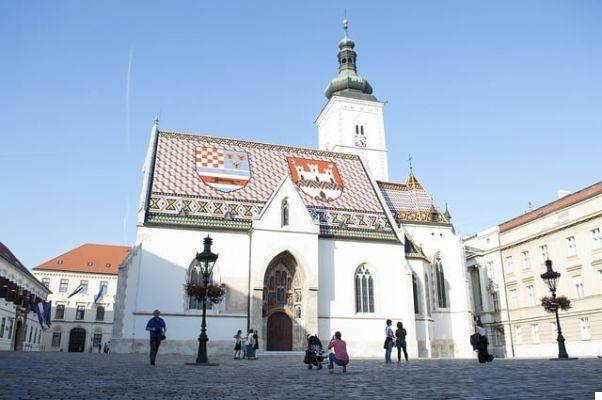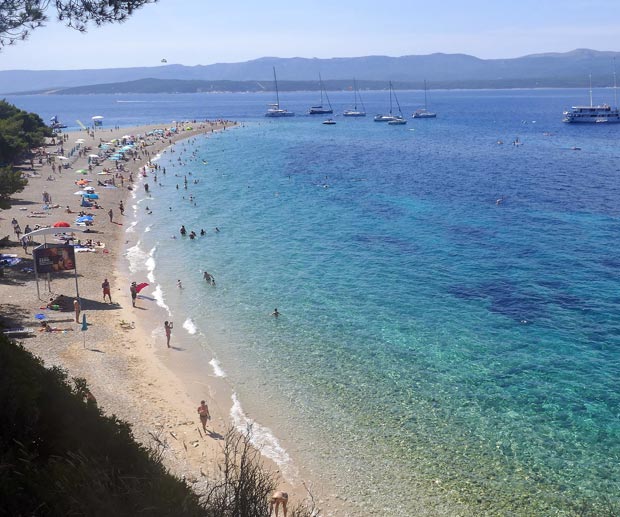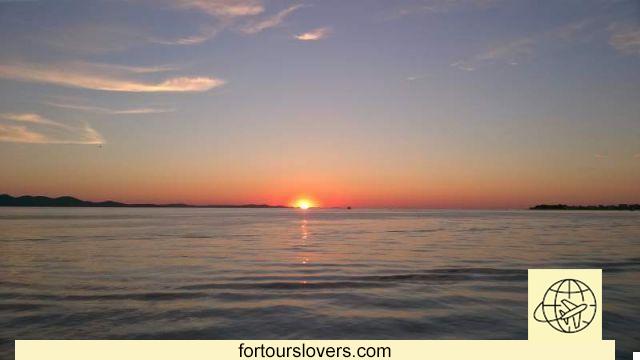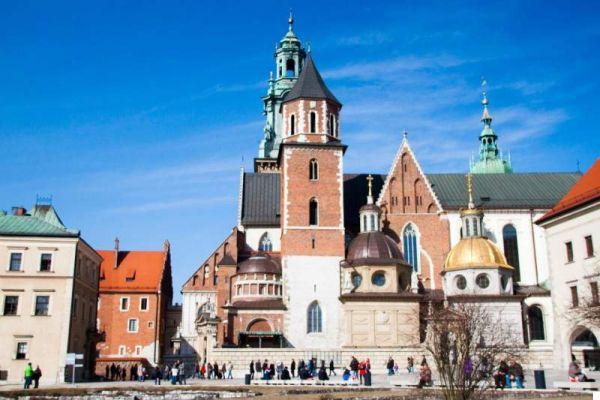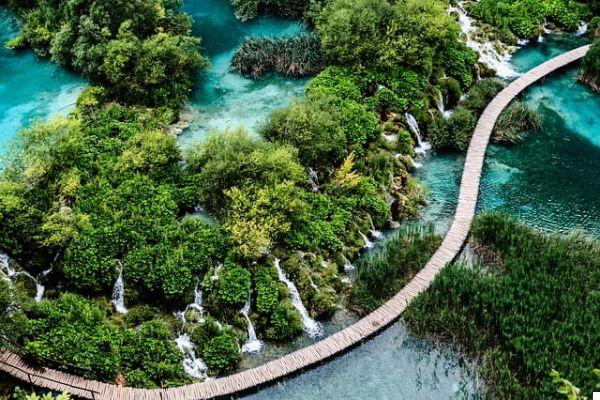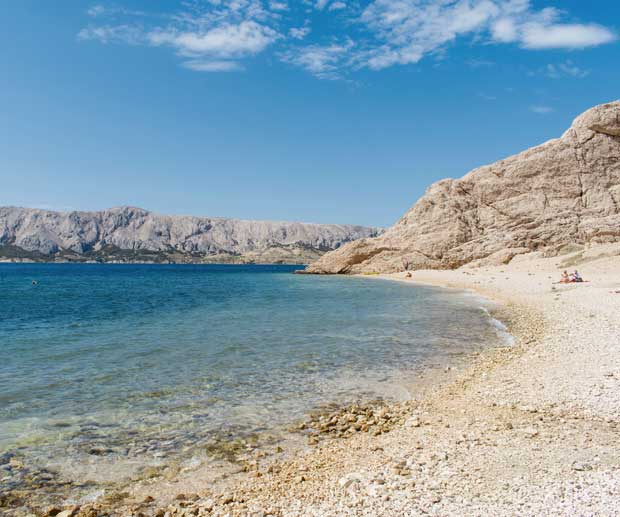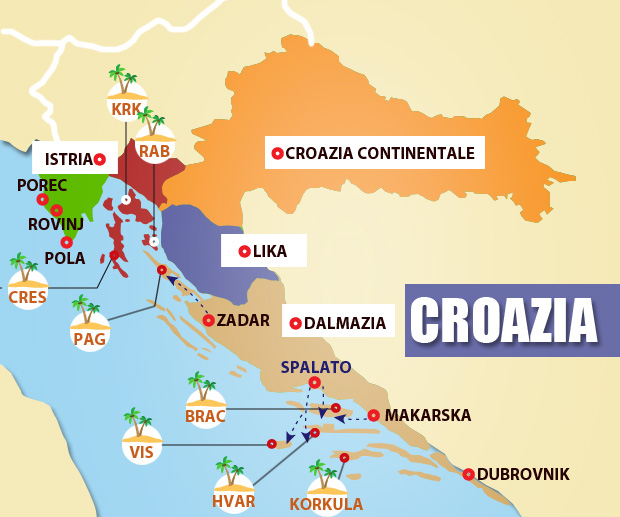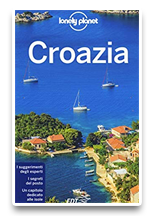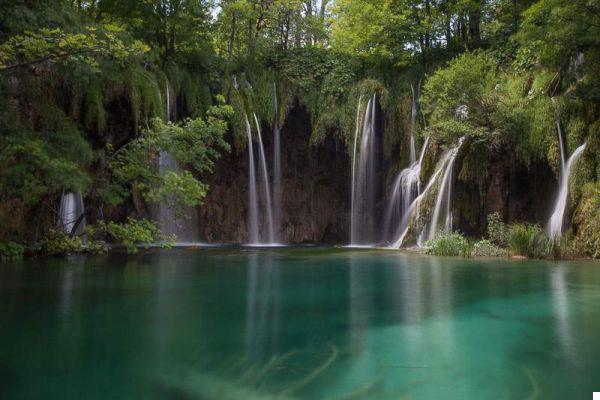Short guide on Croatia
Weather
The climate of Croatia is Mediterranean on the coast, with hot summers and mild winters; continental inland, a little warmer in the summer, and extremely cold in the winter.
July and August are the peak season on the Adriatic, and this is certainly the best time to visit the country. Autumn is a good time to visit the Istrian hinterland and national parks.
Recommended clothing
It is advisable to pack light clothes and beachwear for the summer, a little warmer clothes for the inland areas. During the summer, sun protection is recommended.
Documents
To visit Croatia you must have a valid identification document such as an identity card valid for expatriation or a passport whose residual validity must be at least 90 days from the expected end date of the stay.
In addition, you must register your presence at the tourist office within 24 hours of entering Croatia. Registration is usually done by hotels, but if you are staying in private homes, the host will have to notify the police of the tourist's presence.
Where to stay in Croatia
Hotel - there are some very good 4 and 5 star hotels, available along the coast and in the hinterland.
Private rooms and private accommodation - they are widely used in Croatia and can be organized through local tourist agencies. In high season, many require a minimum of three nights and charge a surcharge (around 30%) for shorter stays.
Campsites - they are numerous in Croatia, including a couple of naturist campsites. Free camping is prohibited in national parks.
Could it be interesting for you:
- Where to sleep in Zagreb
- Best neighborhoods Dubrovnik
- Best areas to sleep in Zadar
How much does a vacation in Croatia cost
The budget required for a trip or vacation to Croatia is quite moderate. The prices are very cheap even if they increase during July and August, both in the capital and in the tourist resorts. An average meal costs less than € 20, a double room less than € 70. All inclusive stay 428 € per week.
Health
There is neither the presence of outbreaks of contagious diseases nor particular phenomena of pollution. Even if there are no endemic diseases, in the woods it is advisable to protect yourself against tick bites. Bring the information sheets of the medicines you use with you as the names of the products may vary from the Spanish ones. The tap water, even if drinkable, can be very calcareous.
vaccinations
There are no compulsory vaccinations.
Safety
Good general safety conditions, but there are areas of the country that have not yet been completely cleared of bombs dating back to the inter-Yugoslav conflict. Most of the minefields are marked and fenced but some areas, especially in wooded and hilly areas, are unmarked.
Currency and payments
The local currency is the Kuna, one kuna is divided into one hundred lipas. 1 euro is worth about 7,5 kunas. Credit cards are widely accepted and ATMs are very popular.
Transportation
A driving license is sufficient to drive. To drive a non-owned vehicle, a proxy signed by the car owner and a photocopy of his identification document is required.
The bus network is efficient and quite cheap. The train is slower but more comfortable. Ferries connect the islands of the Adriatic with the mainland and are a pleasant way to discover part of the country.
Language
Croatian throughout the country and Spanish spread across the coast of Istria and Dalmatia. English is also spoken in coastal tourist centers.
Religion
Catholic Christian, minorities of Orthodox Christians and Muslims
Telephone
To call Spain: 0034, to call from Spain: 00385
Time zone: same Spanish time
Before embarking on your trip, inquire on the Viaggiare Sicuri website
If you need information on what to see in Croatia visit this PAGE
